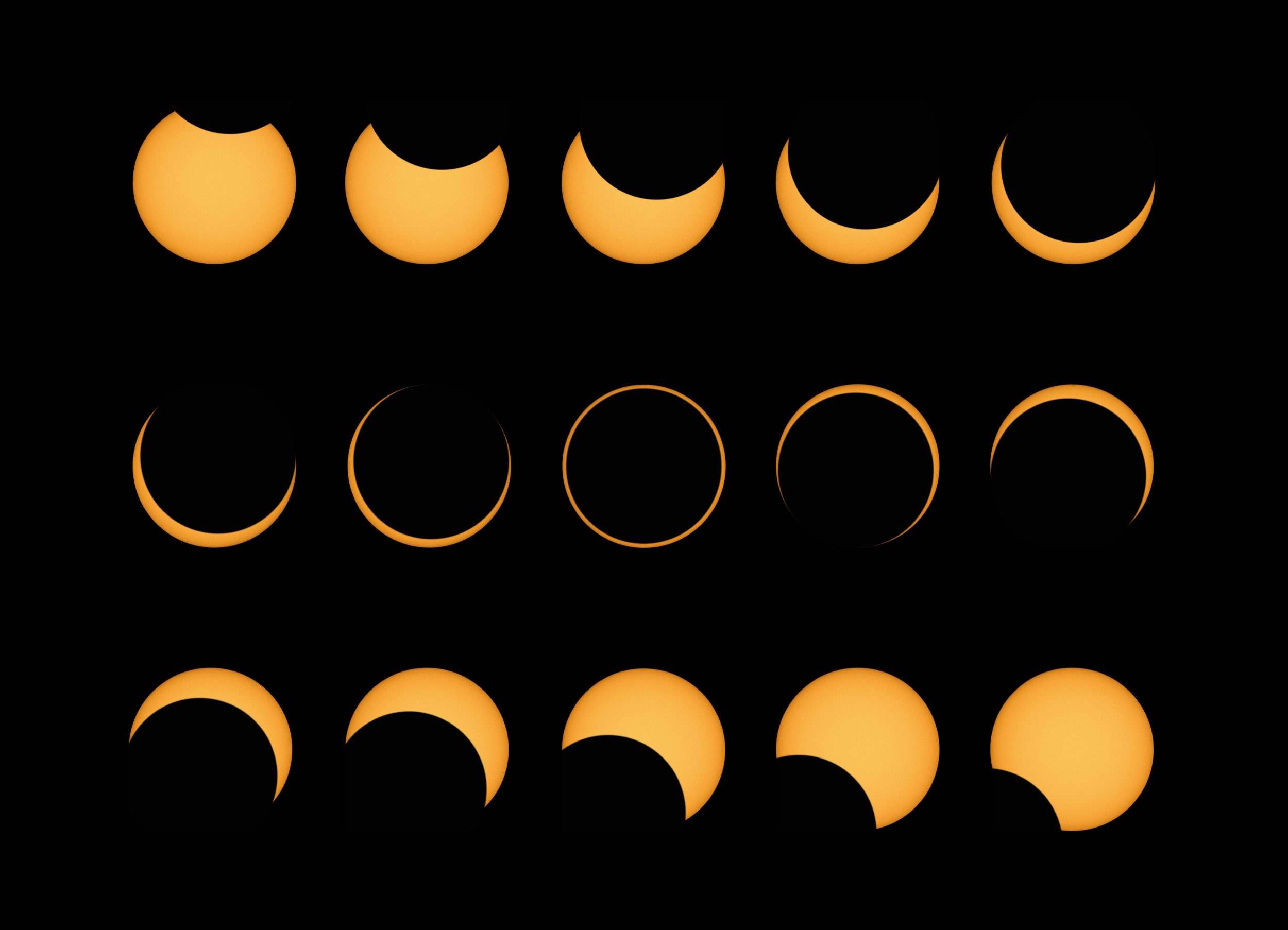A “hybrid” solar eclipse is set to darken the skies over Australia and Indonesia on Thursday in a rare occurrence.
According to timeanddate.com, the eclipse will begin at 9:34 pm on April 19 and end almost 5 hours later at 2:59 am.
A hybrid eclipse, also known as an annular-total eclipse, a “beaded” solar eclipse, or a “broken” annular eclipse, is a mixture of two other types of eclipse: an annular eclipse and a total eclipse.

Stock image of a total solar eclipse in 2017 during the diamond ring phase. A hybrid solar eclipse is due to occur on April 20, which is a transition between an annular and a total eclipse.
iStock/Getty Images Plus
What is solar eclipse?
A solar eclipse occurs when the Moon passes between Earth and the Sun, blocking the star’s light and sending its shadow to Earth. A total eclipse occurs when the Moon completely covers the Sun, leaving only the halos of the Sun’s corona visible around the edges of the black disc.
An annular eclipse is similar, but occurs when the Moon is slightly smaller in the sky due to its further distance from Earth, causing more of the Sun to appear around the circumference in a “ring of fire,” explains Space.com.
What is Hybrid Solar Eclipse?
A hybrid solar eclipse is a rare combination of the two, occurring in only 3.1 percent of solar eclipses in the 21st century, and a transition between the two types can be seen during an eclipse. NASA data show that in the 5,000 years between 2000 BCE and 3000 CE, only 4.8 percent of solar eclipses have been or will be hybrid eclipses.
These are rare because of the angle of the Moon’s shadow on Earth’s curved surface and how when the Moon is further away from Earth, the eclipse can appear annular at some points on its path, and total at others. According to Space.com, the region of a total eclipse occurs during the middle of the path of the shadow, because that region of Earth’s surface is ever so close to the Moon.

Stock composite image of the Sun during the annular solar eclipse, taken from Tamil Nadu, India. A “ring of fire” can be seen during totality.
iStock/Getty Images Plus
“Roughly speaking, the geometry should be such that a total eclipse occurs,” said Amitabh Virmani, associate professor of astrophysics at the Chennai Mathematical Institute in India. newsweek, “On top of that, if the geometry is such that it is barely total at one location (that is, the angular sizes of the Moon and the Sun roughly match), then it is possible to picture that at a nearby location the angular size of the Moon is a small is small so we get an annular solar eclipse there. Such an arrangement is rare, and so these eclipses are rare.”
In Thursday’s eclipse, parts of its path near sunrise and sunset will appear annular, starting over the Indian Ocean, transitioning to full eclipse over the ocean and total eclipse over Western Australia, annular back to the south Prashant before.
Skygazers are urged to always wear proper eye protection while viewing the eclipse, otherwise there is a risk of damage to their eyes. For those outside the eclipse’s path, the Gravity Discovery Center & Observatory near Perth in Australia will host a livestream of the eclipse youtube on April 19 at 10 p.m. ET.
America will experience its own hybrid solar eclipse on November 14, 2031, but there are many others to view between now and then.
Do you have a tip on a science story? newsweek Must be covered? Do you have any questions about hybrid solar eclipses? Tell us at [email protected].




